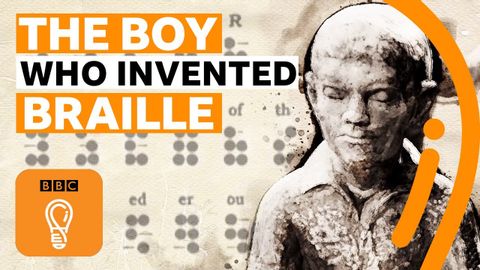令人難以置信的發明盲文的男孩的故事|BBC Ideas--------。 (The incredible story of the boy who invented Braille | BBC Ideas)
Summer 發佈於 2020 年 11 月 24 日  沒有此條件下的單字
沒有此條件下的單字US /səbˈskraɪb/
・
UK /səb'skraɪb/
US /ɪkˈstrɔ:rdəneri/
・
UK /ɪkˈstrɔ:dnri/
US /ˈbesɪkəli,-kli/
・
UK /ˈbeɪsɪkli/
- adj.異性戀者;異性戀的;率直的;立刻的;直的;整齊的
- adv.筆直地;立刻地;誠實地;直接地;立即
- n.異性戀者
- v.t./i.弄直
